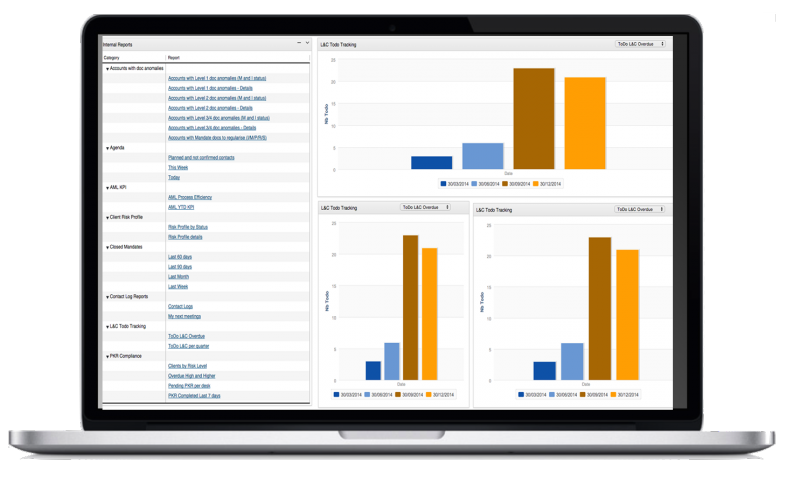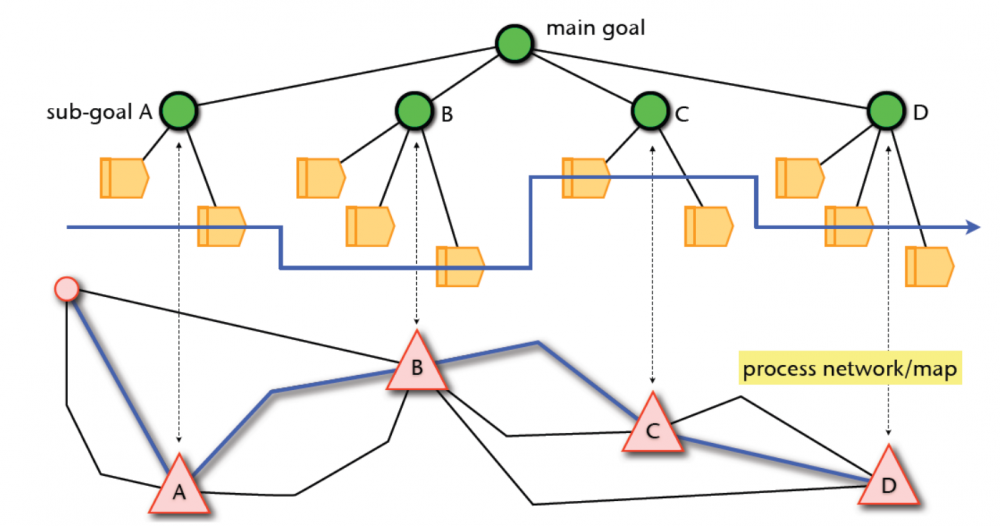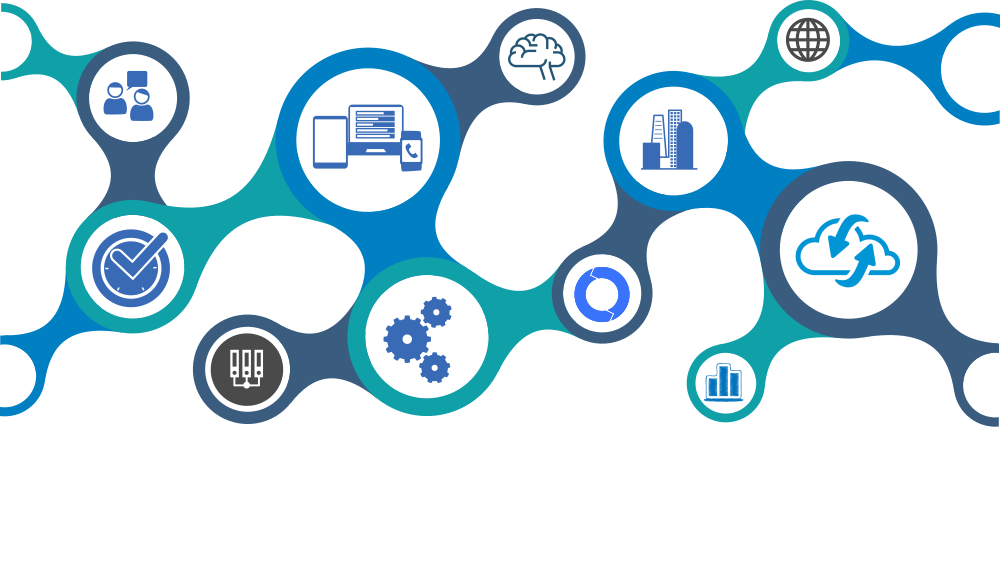Whitestein Technologies is proud to be a Platinum Sponsor to the annual...
You are here
Automation

Meet your goals faster without having to sacrifice quality
Define your goals, plans, knowledge, and organization and directly execute them. LSPS' intelligent, goal-driven software continually determines which process paths and what resources are needed to achieve your goals in the most efficient manner. By constantly learning, LSPS is able to identify problems before they happen, rerouting processes to avoid delays.
Direct Model Execution
LSPS models define the whole application: every model element has its own execution semantics. As a result, LSPS Process Engine runs models directly, with no required transformations nor coding. This implies full consistency and zero risk of divergence between model design and application operation.
The LSPS Process Engine is designed for highly scalable, efficient execution of both BPMN and Goal-Oriented BPMN process models. Model elements express core concepts such as business objects, organization roles, or strategic goals, which business stakeholders readily understand and can track during real-time execution.
Those same elements are however formally defined, containing all the specific details to ensure safe and efficient execution; such details (e.g., database table mapping, indices, and queries) are immediately available for specialist users in process design, IT operation or software development positions.
Different users have specific views and operate at the abstraction level that suits them, but they all share the same model; the same model that is also both the master design artifact and the run-time executable. This is perfect consistency across all people and systems, at all times.
Downloads
Real-Time Process Adaptation
An employee is unavailable, a machine component breaks, a highway is flooded. Unplanned events occur all the time and detailing every exception into a static process model is largely futile. Instead, LSPS combines analytics and intelligent control to continuously adapt and optimize process execution.
With this approach, process stakeholders are notified of potential problems, provided with the information to analyze the situation and, if appropriate, can intervene to alter or update the process execution path. In addition, LSPS is able to autonomously integrate new data, resolve conflicts, and build alternate, optimized paths to achieve process goals. Like a navigation system in the business context space, LSPS dynamically plans and adapts actions while managing incoming events and interactions with human participants and surrounding systems.
Within this complex environment, goals describe both the critical outcomes to reach and the safety and compliance boundaries to honor. All activities, whether planned or ad-hoc, whether workflow-driven or case-centric, are continuously assessed against the goal-level framework as an LSPS application progresses, so that issues and opportunities are revealed before they happen for proactive decision support or full automated response.
In this manner, LSPS cooperates with stakeholders to proactively identify and resolve problems, saving organizations time and money, as well as enabling a transformational mindset towards continuous improvement.
Downloads
Interaction between Processes
Businesses operate in a global environment, with value-chains that span across geographic, language, and organizational boundaries. Furthermore, these value-chains span well beyond linear supply chains: they are multi-dimensional networks encompassing multiple entities and multiple interaction types.
LSPS therefore does not restrict execution to individual process instances. Ranging from linear interactions within a business department, to complex intersecting processes that cross enterprise boundaries, the intelligent core of LSPS is able to coordinate and analyze the full scope of process interaction, autonomously resolving competing or complementary data, goals and workflows spanning an entire business interaction landscape.
Communication among multiple process instances goes well beyond point-to-point message passing, encompassing shared data, publish-subscribe and group communication. The full metaphor of multi-agent systems as societies of interacting intelligent, goal-directed software is deployed to enable sophisticated and insightful architectures:
- Unify and track completely different processes at the strategic level (e.g., the goal level implements Global HQ compliance, each local subsidiary has their own plan to reach their common goal)
- Leverage existing process/service landscapes by simply collecting events from them and injecting them in GO-BPMN workflows (natural for LSPS concurrent execution model)
- Opportunistic processes advance when some goal conditions are met, with no awareness of how these came to be (e.g., external batch data load modifies business objects, processes just check what business conditions hold)
- Goals have both Just do it and with a little help from my friends plans. During runtime, multiple instances can trade and agree on which instance achieves which goal on behalf of the team
Downloads
Process Simulation and Testing
Being able to view 'what-if' simulations prior to production deployment is an essential tool. It allows a safe environment to experiment with multiple hypothetical scenarios. Running simplistic simulations for the sake of calculating an analytical solution is however a risky approach.
Simulating complex and dynamic business process landscapes is very attractive, but can only be valuable if the results and predictions obtained in the lab translate well in the trenches of production business execution: a naively optimistic simulated prediction can blind people to reality and be worse than no prediction at all.
An independent, simulation-ready mathematical model for realistic business processes in today's complex environment is often computationally intractable, forces analysts to make wild assumptions, and needs adaptations to match the evolution of the business practices themselves, thereby dampening business agility as well.
Following the approach of Agent Based Modeling and Simulation, LSPS avoids the split between simulation model and execution model. No transformation of process models into an analytical form is necessary: the object of simulation is the actual, executable process model with suitable replacements for input sources and interfaced systems and channels. Executable models and the capability to attach metrics and KPIs to executable goals allow exact and reliable transfer from simulation to production of both process execution traces and measured value indicators.
LSPS approach also unifies simulation and testing: different focus but same tools and environment. Whitestein uses an embedded application server to test process models in its design environment, or standalone servers are setup in the same way and integrated with popular software testing and continuous integration frameworks.




